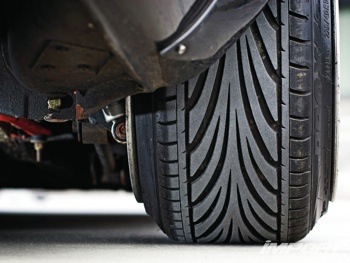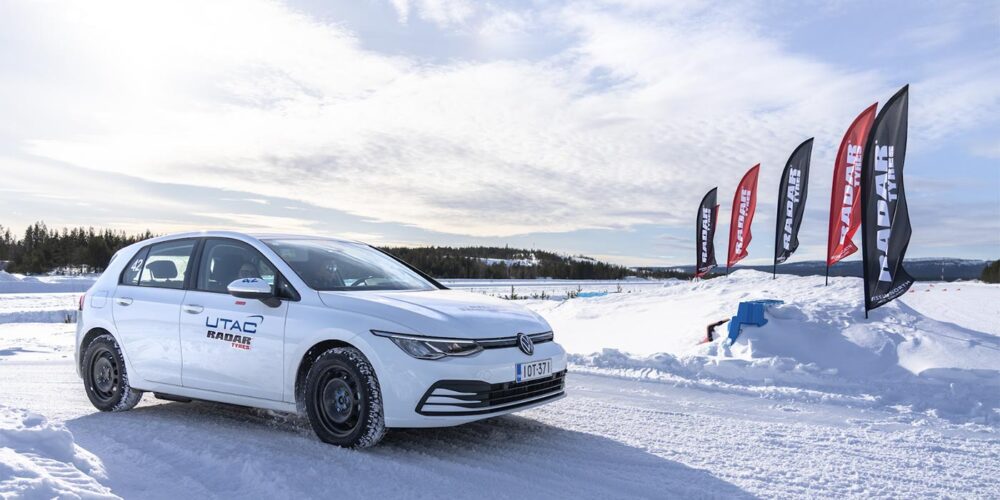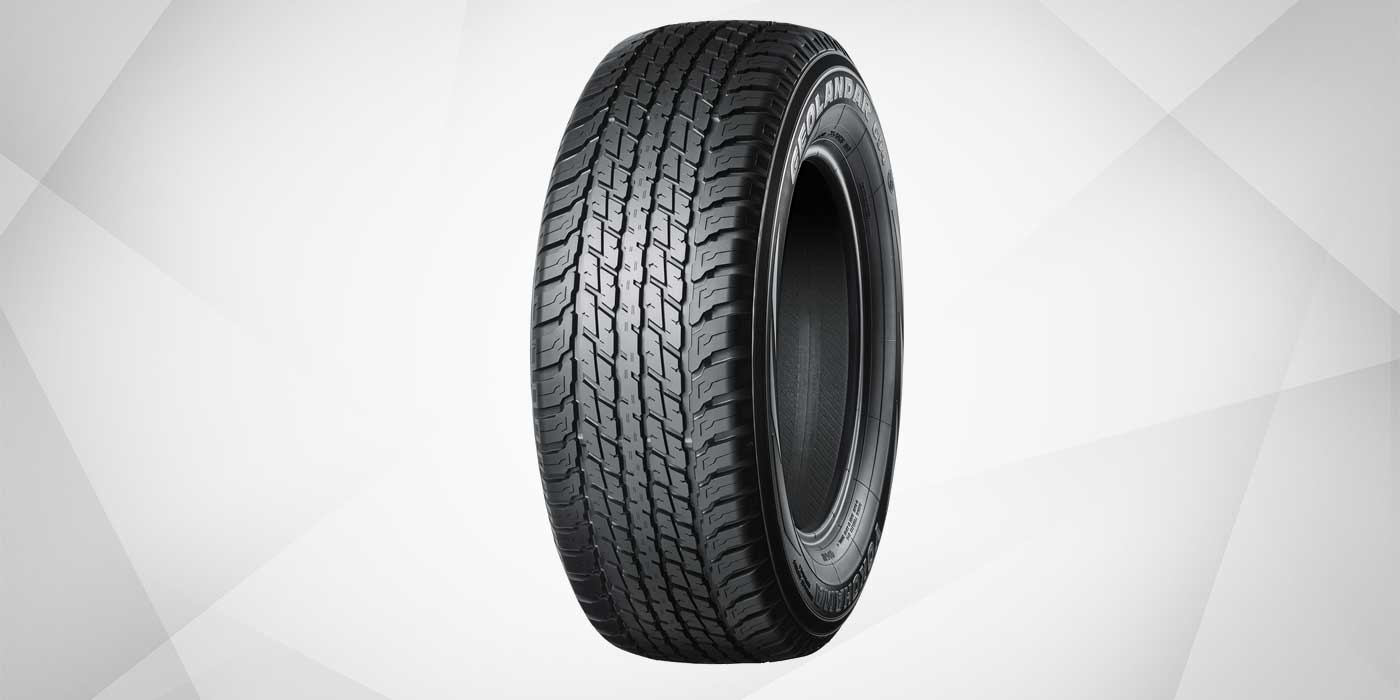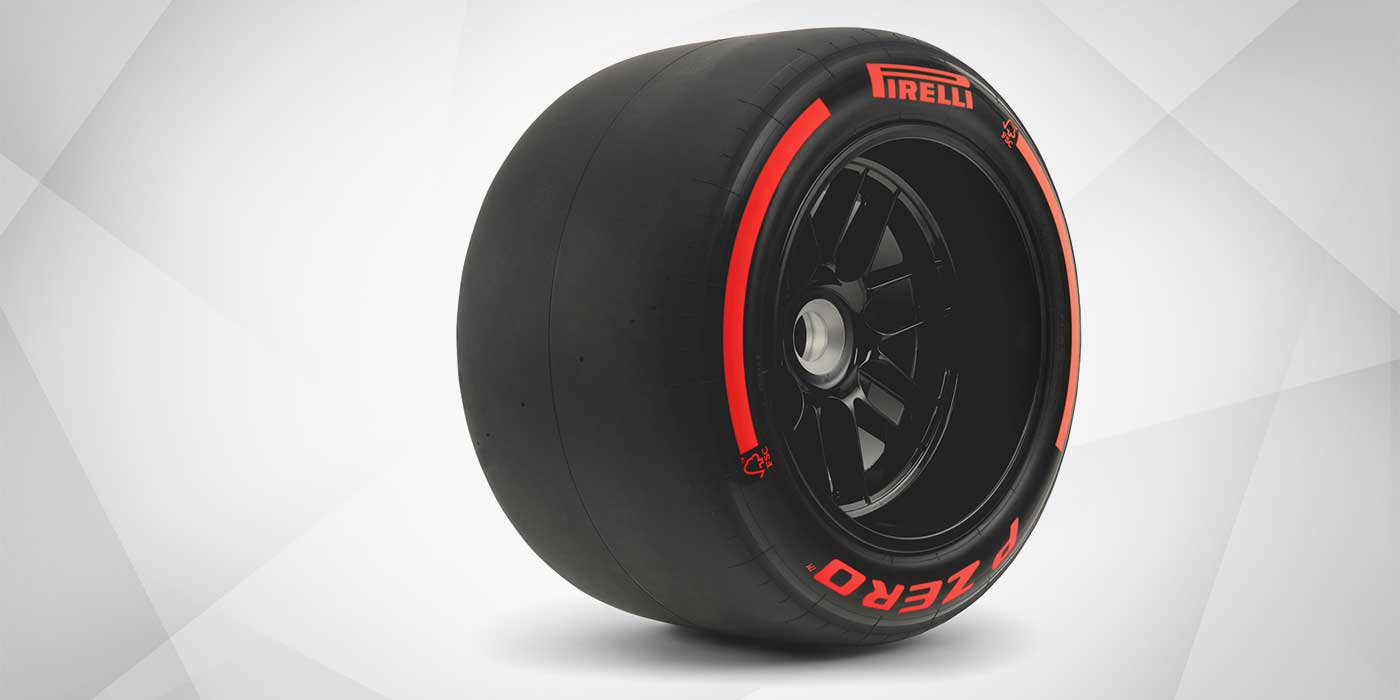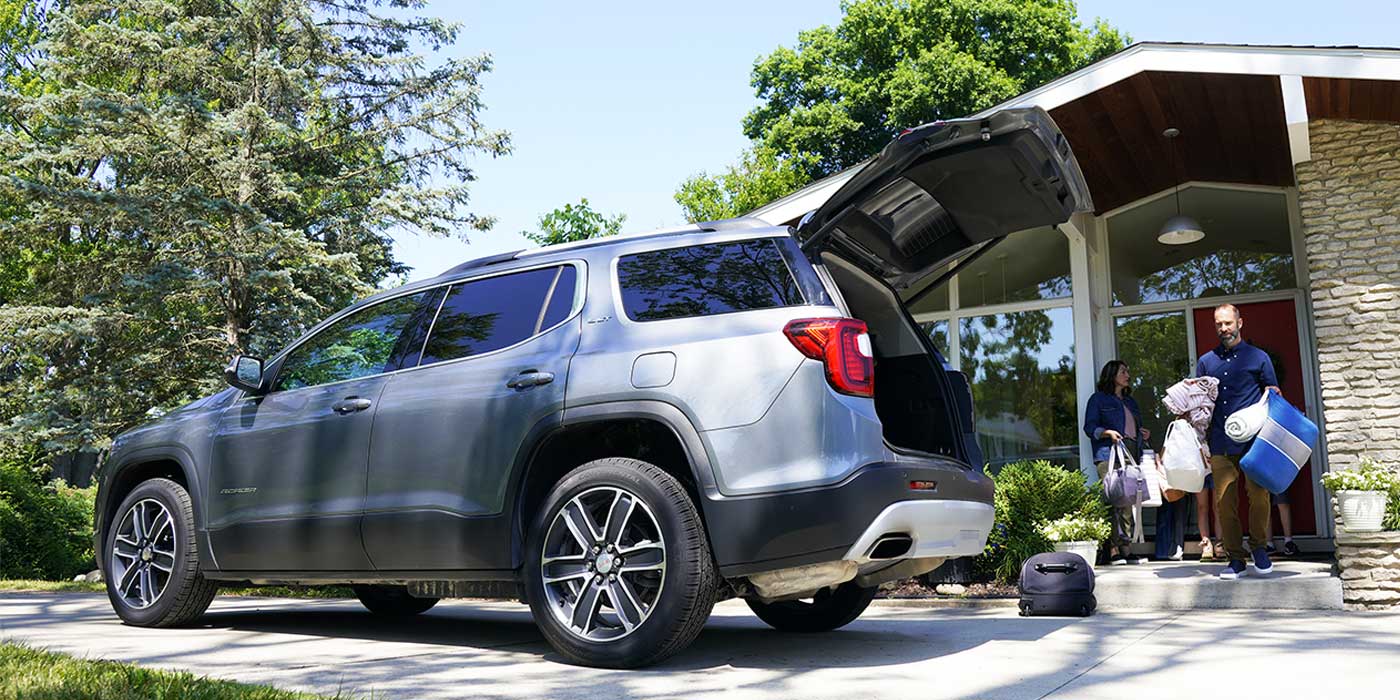In olden times, tire techs were tire techs and salespeople were salespeople, and never the two should meet. Tire techs handled tires and wheels (literally), and salespeople dealt with the customers (sort of). But that particular framework is rapidly changing as tire shops are trying to do more with less.
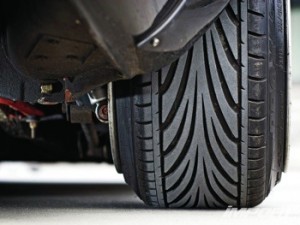
As a tire tech, your shop may already expect you to keep one foot in the shop and the other at the front desk to speak with customers about tire and TPMS issues – and even make recommendations for tires.
Even if your tire dealership doesn’t expect this, having knowledge of how to talk to customers about tire choices will only make you more valuable as an employee – now and in the future. With that in mind, here are some of the basic things you need to know to get customers into the right tires for their needs.
Replacement Tire Sizing
As most experienced tire techs already know, the right tire size is almost always the OE size – like 95% of the time. It’s that last 5% that seems to cause trouble for many people. There are really only two reasons why the tire size might need to change – when the wheel size changes or when the customer wants to change tire width. Both situations need to be managed carefully to ensure proper sizing and customer safety.
The most common sizing issue is when the customer is changing wheel size. The problem is that both speedometer and odometer settings are based on the outside diameter of the tire and wheel assembly – that is, everything is based on the distance required for the tire to turn one full revolution. So if a customer is going from 16-inch to 17-inch wheels and the sidewall height remains the same, the outside diameter of the assembly will be larger, putting both the speedometer and odometer off.
The rule here is that for each inch of wheel diameter gained, the tire must lose an inch in standing height in order to keep the overall diameter from changing, and vice versa for going from larger to smaller wheels. The concept is known as plus or minus sizing. From 16-inch to 17-inch would be known as Plus One, while from 16-inch to 18-inch would be Plus Two, and so on.
There are also situations when a customer will want to change only the width of their tires, either for performance reasons (more contact patch, for example) or because they have a tire size that is difficult to replace and want to change to a more available width. Because there is no change in wheel diameter, this type of change is known as Plus Zero sizing.
With a tire width change, the key issue is to ensure that the new width is compatible with the width of the wheel. Far too often, I have seen the results of putting tires that are too narrow or too wide for the wheels. This leaves the sidewalls at an angle rather than straight up and down. I’ve even had customers come to me wanting tires that are deliberately too narrow for their wheels because they think that slanted sidewalls are a cool look for their car. I tell them that they have given me no reason to want them dead. That “look” is dangerous, as it compromises the impact protection that the sidewalls are supposed to provide.
The second issue here is that sometimes there must be a height change to compensate for the change in width in order to keep both the outer diameter and the shape of the tire unchanged. If you can visualize putting a wider tire on the same size wheels, for example, you can see that with the same sidewall height, the tire might take on an outward curve rather than keeping the tread surface flat to the pavement.
Of course, since sidewall height is expressed as a percentage ratio of tread width, and tread width is expressed in millimeters rather than inches, the actual math to figure out the proper sidewall ratio for any of these sizing changes is somewhat involved.
Luckily there are numerous tire size calculators available online to do this for you. My own personal favorite is the one at Miata.net, which provides a visual representation of the different sizes and expresses the difference in overall diameter as a percentage. Ideally, you want the difference to be less than 5%.
Speed Ratings
It’s been a trend lately that automakers are putting OE tires with ever higher speed ratings on their vehicles, whether we think it’s necessary or not. This has led to another trend – that of customers looking for lower speed ratings to save money on replacement tires.
Many shops nowadays have a firm policy regarding speed ratings, primarily for reasons of liability: Don’t ever put on a tire with a lower speed rating than the OE tires. If that’s your shop’s policy, then there’s no decision to make regarding speed ratings. If not, you may have to deal with customers who want to replace V-rated or higher tires with H-rated rubber, and this can be a difficult issue.
Much of the conversation regarding speed ratings is a matter of opinion – and there are quite a few opinions out there – but here is one fact that your customers should know: the higher the speed rating, the better the construction of the tire. Speed ratings of V or higher generally mean that the tire has at least one extra cap ply or steel belt to run better at high speeds, but this will also generally mean that the tire will perform better even at lower speeds.
For daily drivers commuting in traffic, an H-rated tire is probably just fine, but if the customer wants real performance, a V-rated tire will work better and probably last longer.
All-Season Tires
Few discussions in the tire world bring such a wide-ranging variety of opinions as the one around all-season tires. For some, they are the miraculous tires that can be left on the car year-round – winter tires and summer tires all in one. For others, they are useless lumps of rubber best used as tire swings. For me, the truth lies somewhere in the middle.
For one thing, there is no regulation, no convention and no definition as to what exactly makes an “all-season” tire. It’s just a term that tiremakers use. The vast majority of all-season tires have good summer performance, excellent wet performance and relatively weak winter performance. Only a small minority has winter performance that can truly be called adequate, and only a few of those really approach the capability of true winter tires.
So choosing the proper all-season tire depends highly on how and where the customer is going to use it and whether they need winter performance of consequence.
For example, a customer in the South isn’t going to need the same class of all-season tire than someone in the Northeast. And a driver who really wants a high-performance wet/dry tire isn’t going to be very happy with a tire designed to give decent summer performance while dealing well with snow and ice. This is why I tend to subdivide all-season tires into “performance-biased” and “winter-biased” types.
On the performance side, you find such tires as the Goodyear Eagle F1 Asymmetric, Bridgestone’s Potenza RE970AS and Michelin’s Pilot Sport A/S 3. These are tires designed for summer performance and wet grip, but at the cost of having very little ability to deal with winter conditions.
On the winter-biased side are tires like General’s Altimax RT, Continental’s ExtremeContact DWS and Nokian’s WRG3. These tires trade off some summer performance for better winter grip. A customer who really needs one type is generally not going to be very happy with the other.
Obviously, this collection of tips and tricks for getting your customers into the right set of tires for their needs only scratches the surface of the vast complexity of the tire market.
In my experience, these are the things that are the most important for keeping your customers safe and happy and it’s the safe and happy customers that will keep coming back to you season after season.

